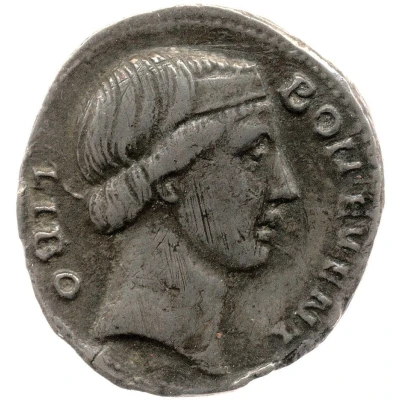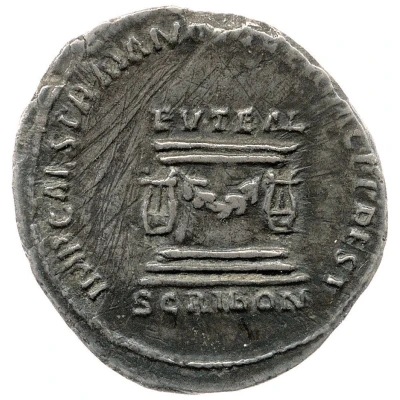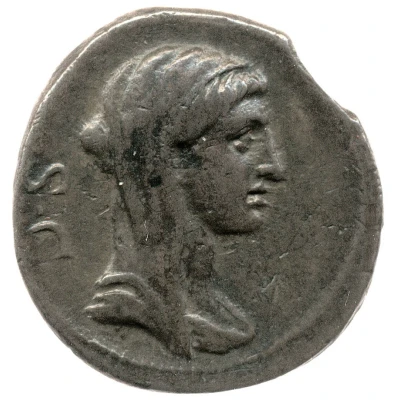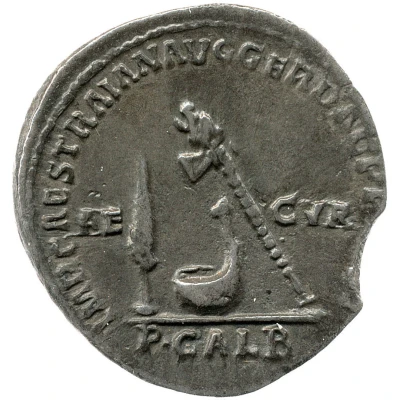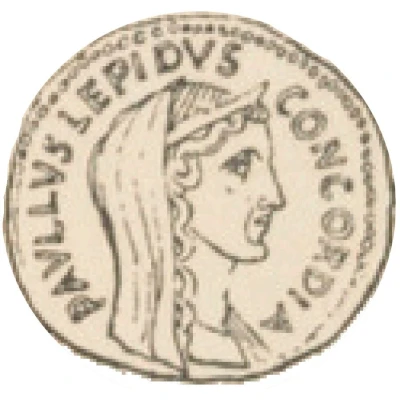
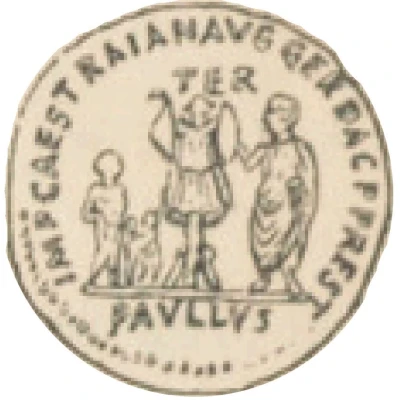

© Babelon Vol. II
Denarius - Lucius Aemilius Paullus Macedonicus and Perseus of Macedon IMP CAES TRAIAN AVG GER DAC P P REST TER PAVLVS; Concordia
| Silver | - | - |
| Issuer | Rome › Roman Empire (27 BC - 395 AD) |
|---|---|
| Emperor | Trajan (Marcus Ulpius Traianus) (98-117) |
| Type | Standard circulation coin |
| Years | 98-117 |
| Value | 1 Denarius |
| Currency | Denarius, Reform of Augustus (27 BC – AD 215) |
| Composition | Silver |
| Shape | Round (irregular) |
| Technique | Hammered |
| Orientation | Variable alignment ↺ |
| Demonetized | Yes |
| Updated | 2024-10-05 |
| Numista | N#253773 |
|---|---|
| Rarity index | 100% |
Reverse
Lucius Aemilius Paulus standing next to trophy along with Perseus and his sons.
Script: Latin
Lettering: IMP CAES TRAIAN AVG GER DAC P P REST TER PAVLVS
Unabridged legend: Imperator Caesar Traianus Augustus Germanicus Dacicus, Pater Patriae, Restituit, [Triumphavit] Tertium Paulus.
Translation: Supreme commander, Caesar, Trajan, emperor, conqueror of the Germans, conqueror of the Dacians, father of the nation, has restored [this coin of Lucius Aemilius] Paulus, three times triumphant.
Comment
The illustrated coin is from Page 572 of “Historical and chronological description of the coins of the Roman Republic commonly called consular coins," Volume 2, Ernest Babelon, Rollin and Feuardent (Paris), 1885-1886.
Interesting fact
The Denarius coin features an image of Perseus, the legendary founder of Mycenae and a legendary hero in Greek mythology, on one side, and an image of Lucius Aemilius Paullus Macedonicus, a Roman general and politician, on the other side. This coin was minted during the reign of Emperor Trajan (98-117 AD) and is considered a rare and valuable artifact among collectors of ancient Roman coins.
